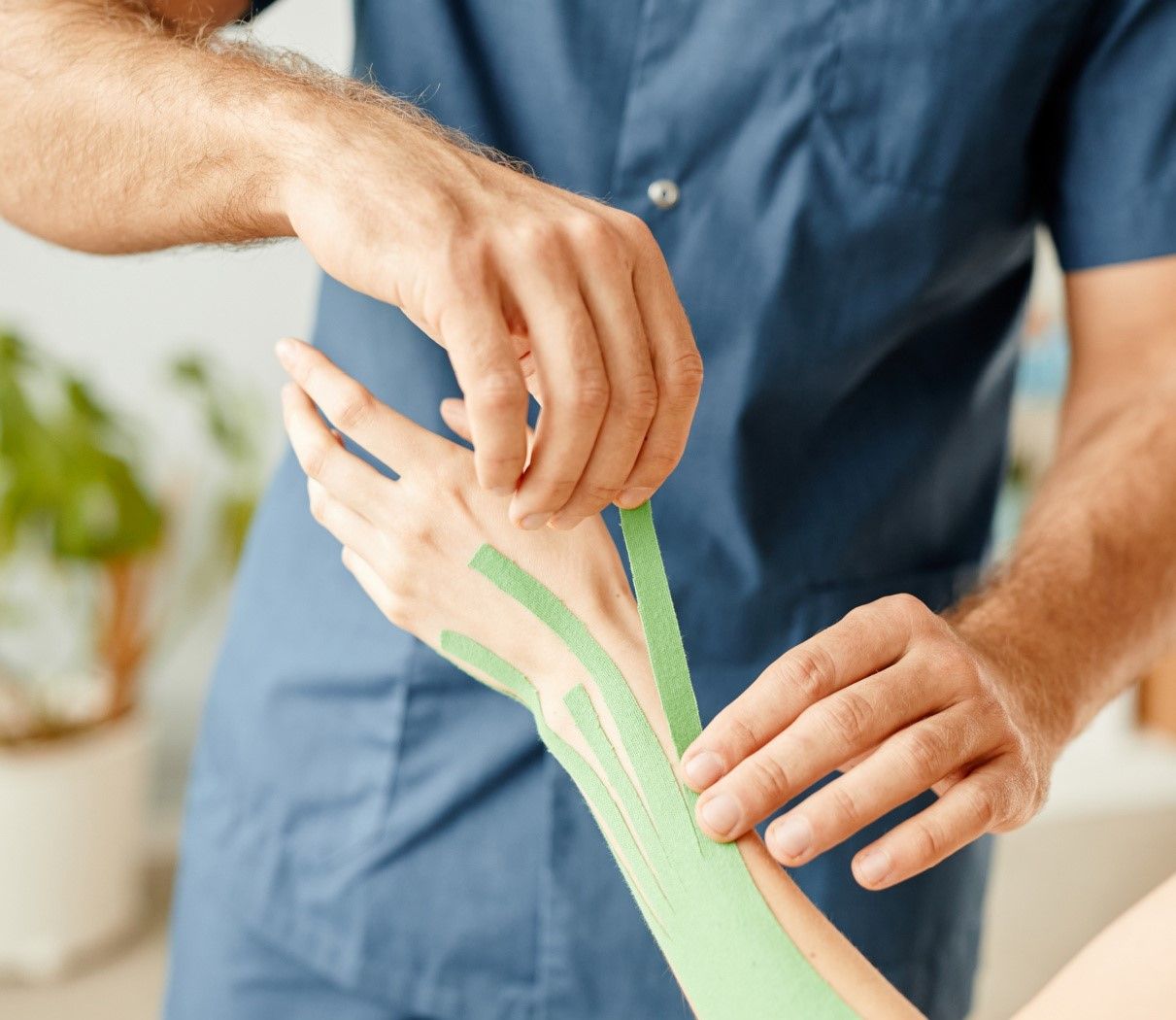Most Common Hand/Wrist Injuries and how to Prevent Them

In many ways, our hands shape our capabilities as human beings. As such, it is important to know what to do to keep them healthy throughout all stages of life. That’s where MidAmerica Orthopaedics can help. Like other extremities and body parts, there are many different types of hand and wrist injuries, with some being more preventable and some being the result of unpredictable and sudden accidents. This blog will discuss them all, and give you a strong set of knowledge and tips to move forward with, no matter what level of activity you have.
Common Hand Injury #1: Carpal Tunnel Syndrome
Carpal Tunnel Syndrome is a common condition that is characterized by pain, numbness, and tingling in the hand and wrist area. There are over 200,000 diagnosed cases in the United States each year. The process by which Carpal Tunnel syndrome manifests itself is when the area around the median nerve – the main nerve to the hand – is too tight. The carpal tunnel is the small area where that nerve passes.
There are many potential causes of Carpal Tunnel Syndrome; it can arise due to genetics, an unrelated wrist injury, diabetes, pregnancy, or repeated motions of the hands or fingers such as typing. These varying causes can make it difficult to know what each case can be attributed to, but research has proven that Carpal Tunnel Syndrome is more common in women than in men, more common in people above the age of thirty.
The best at-home treatment options are rest, avoiding high-stress activities, ice, and wrist splints. However, if you have symptoms of Carpal Tunnel Syndrome and are seeking more specialized care for a confirmed case, MidAmerica Orthopaedics can assist you through our Hand to Shoulder Clinic.
Common Hand Injury #2: Arthritis
The anatomy of the hand is complex. There are innumerable joints, nerves, and bones that can experience an array of ailments and challenges. One of these is arthritis. Arthritis can be seen in more areas than just the hand– such as the elbows and shoulders – however, it is most commonly associated with the hand and wrist. Arthritis is different from Carpal Tunnel Syndrome in that it is defined by swelling and inflammation of the joint itself, whereas Carpal Tunnel Syndrome arises due to nerve compression, as previously mentioned, and typically does not result in visible swelling.
Despite the differences between the two conditions, treatment options are often similar. Simple medications such as Acetaminophen, Ibuprofen and Capsaicin can reduce the effects of arthritis depending on the severity of symptoms, but in more rare cases, surgery can be necessary. These surgeries look different from Carpal Tunnel Syndrome surgeries because they are reconstructive in nature, sometimes requiring entire joint replacements.
So when should you see a provider? The answer is: you should seek treatment if you are experiencing chronic pain in your hand, finger, or wrist joints. It never hurts to visit your doctor, and MidAmerica Orthopaedics has specialists to help all patients get their full range of mobility back and pain-free life back. For example, in our Hand to Shoulder Clinic one of our physicians is Dr. Gary Kronen, who is widely considered one of the best hand surgeons in the country.
Common Hand Injury #3: Sprains
A sprain is a very common injury that can happen to anyone, regardless of age, gender, or activity level. A sprain refers to an injured ligament where the fibers are either stretched out, or, in more severe cases, torn partially or completely. These are differentiated by a grading system, where Grade 1 strains are less severe, Grade 2 strains are moderate, and Grade 3 strains are more severe, where the ligament is torn completely.
The most common cause of wrist sprains are from a hard fall on an outstretched hand. When we fall – whether it’s off of a bicycle, from getting tripped up in a sporting event, or slipping on ice while walking to the grocery store – our body’s natural reaction is to break the fall with our hands. Unfortunately, this often results in a sprain of one or both wrists.
Again, like other types of hand and wrist injuries, treatments range from at-home methods like ice and rest, all the way to surgery. Diagnosis is typically done by physical examinations such as an -xray or MRI.
Since so many sprains happen suddenly, they can be difficult to prevent. Instead, if you think you may have suffered one, the best thing to do is to see a provider at MidAmerican Orthopaedics’ Hand to Shoulder Clinic, and start the road to recovery. If identified early, sprains are usually not a long-term injury.
We hope this blog has given you a set of knowledge to keep your hands and wrists healthy, and as always, don’t hesitate to visit either of our locations in Palos Hills, IL and Mokena, IL, or explore our telehealth offerings as well.

